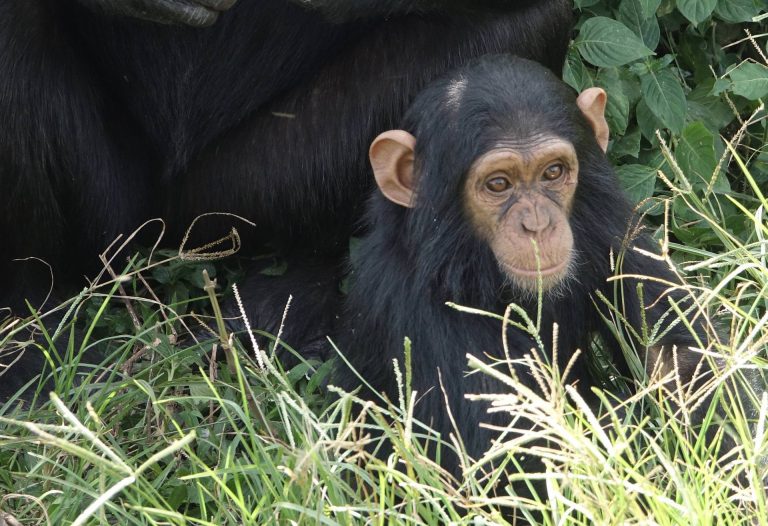Uganda Travel
Uganda – the Pearl of Africa
Uganda (also known as the Pearl of Africa) is located on the equator, east of Tanzania and Kenya and west of the Democratic Republic of Congo. It is smaller than the United Kingdom but offers a spectacular variety of landscapes – from snow-capped mountains and savannahs to lush swamplands and impenetrable forests.
The remote, unspoiled parks teem with wildlife such as the famous East African big game species of lion, elephant, and buffalo, as well as primates and over a thousand species of birds. Uganda and neighboring Rwanda share a unique responsibility for the conservation of endangered mountain gorillas and chimpanzees, funded in a small part by trekking fees, collected from visitors.
Throughout the country, the parks are home to some of the world’s most exotic animals: silverbacks, lions, and countless others.
Winding roads lead to places of great beauty and unique cultures for those who dare to explore. At every turn, there is a story to be told, especially by the inhabitants, who are known for their warmth and charm.
Your luxury trip to Uganda
- Bewindi Forest National Park is home to mountain gorillas and famous for gorilla trekking
- Murchions Falls National Park is the largest park in Uganda with remarkable biodiversity and unique for its waterfalls
- Kibale National Park is known as the primate capital of the world for its diversity of primate species, especially chimpanzees
- Queen Elizabeth National Park, a UNESCO World Heritage Site, is the best place for a boat safari in Uganda
- Mgahinga National Park is a good alternative for gorilla trekking and the only place where you can see the golden monkeys
Climate and travel season Uganda
Due to its proximity to the equator, Uganda has a temperate climate throughout the year with daily highs of nearly 27°C. Temperatures are generally higher in the south of the country, where the altitude drops, and the vegetation becomes thinner. There is no real dry season, but Uganda has two rainy seasons (March to May and August to November).
Bwindi National Park is open year-round for gorilla trekking, but the best times to visit are June to August and December to February. During these times, the forest trails are drier and therefore less slippery. There is also a greater chance to view the gorillas during these months, which lead to a better experience and photography becomes easier.
The drier months of December to February and June to August are best for chimpanzee and gorilla trekking.
However, you can also go in search of the primates during the wetter months (March to May and August to November), as prices are lower in the off-season and tourist numbers are smaller. Also, the East African skies are less hazy outside of the drier periods.
Uganda Travel Info
To enter Uganda, you will need a valid, machine-readable passport that is valid for at least six months after your return date and has 2 blank pages. You will also need a copy of your yellow fever vaccination card.
Visas are best applied for in advance through an official online visa application portal. Currently, visas on arrival are still issued alongside the online application process, but this is to be phased out, so check before choosing this route.
Malaria occurs throughout the country. Please contact your family doctor regarding malaria prophylaxis when planning your trip to Uganda.
The currency in Uganda is the Uganda Shilling (UGX). You can pay everywhere with American dollars (USD), which is recommended. Credit card payments are accepted at most lodges.
Banks and exchange offices often only accept US dollars when exchanging money, the Euro has obviously not yet become widely accepted.
Since small airplanes have only limited space in the cargo hold, a maximum weight of 15kg luggage and 5kg hand luggage is allowed. The luggage must also be in soft travel bags. Hard-sided suitcases are not allowed.
